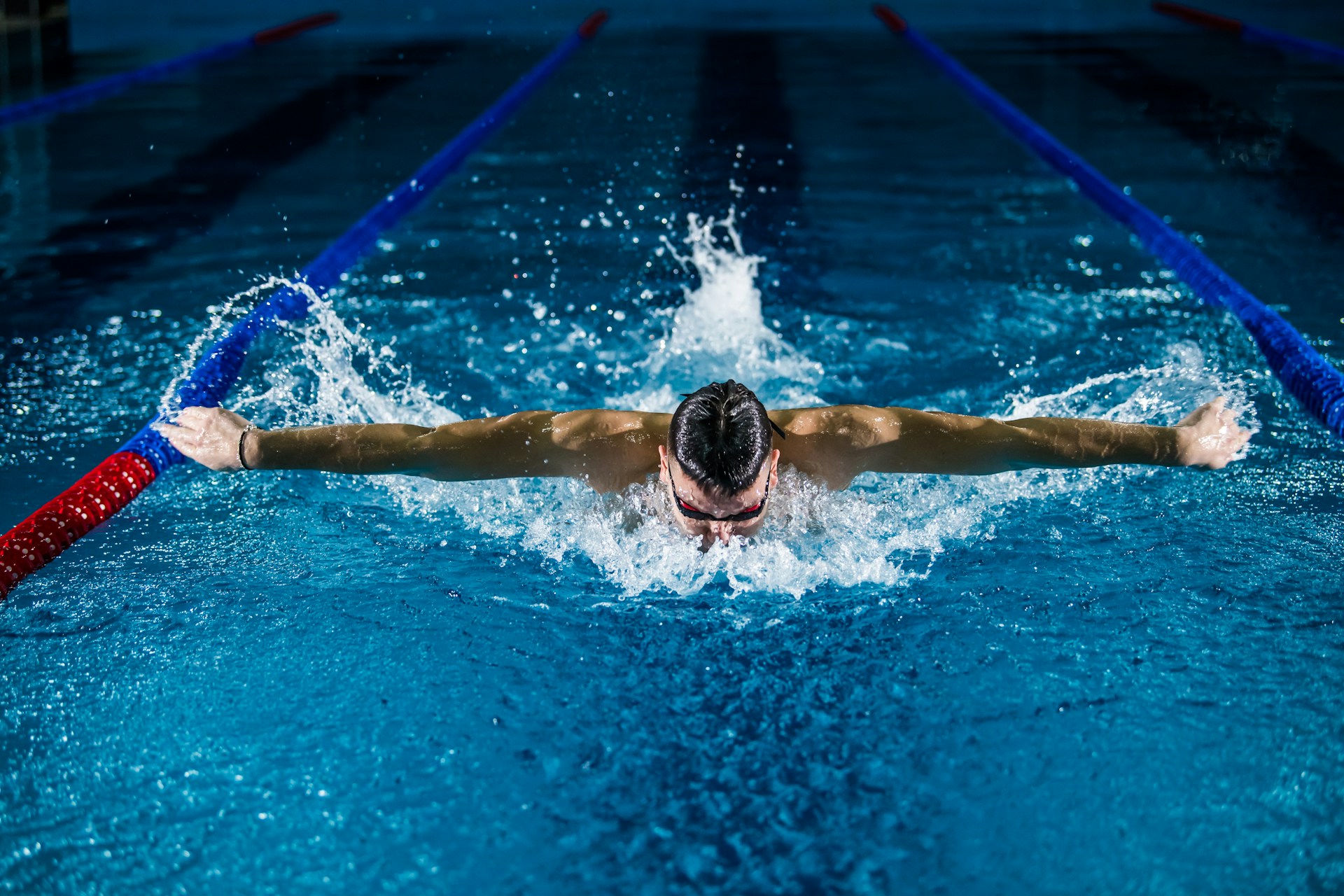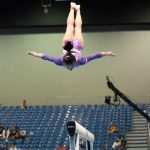In the highly competitive world of swimming, every single second matters. As competitive swimmers, you’re likely constantly searching for effective strategies to shave off valuable microseconds from your swim time, and an understanding of flow dynamics could be the key. Flow dynamics, or fluid dynamics, is the study of fluid movement, providing invaluable insights into how swimmers can enhance stroke efficiency.
This article will delve deep into the relevance of flow dynamics in competitive swimming, outlining the ways in which the scientific knowledge can be applied to better your swim time. We will discuss the science behind flow dynamics, the importance of body positioning, the role of different stroke techniques, and the concept of drag reduction. However, it is to be noted that while this article provides valuable insight, it is not a definitive guide and should be supplemented with professional guidance and training.
A lire également : Discover the thrill of bali waterfall canyoning adventures
The Science Behind Flow Dynamics
Before we jump into the specifics of how flow dynamics can enhance the efficiency of your strokes, it’s crucial to understand the science behind it. Flow dynamics, in the context of swimming, focuses on how water moves around a swimmer’s body and how swimmers can manipulate this movement to their advantage.
When a swimmer moves through water, they are essentially moving through a fluid. As they introduce movement, they create waves and currents which can either assist or hinder their forward propulsion. By understanding flow dynamics, swimmers can adjust their body position and stroke technique to work in harmony with the water, rather than against it, thereby enhancing the efficiency of their strokes.
Avez-vous vu cela : What are the critical factors in choosing the right protective gear for rugby?
The Importance of Body Positioning
Body positioning plays a significant role in a swimmer’s speed and efficiency. Swimmers who understand how their body position affects the water flow can adjust themselves to minimize resistance and maximize propulsion.
The key to efficient body positioning lies in the concept of streamline. You’ll want to keep your body as straight and narrow as possible to minimize the surface area that comes into contact with water. This will help to reduce drag, a force which slows down movement through a fluid.
Your head position is also of utmost importance. It should be in a neutral position, with your gaze directed towards the bottom of the pool. This helps to keep the rest of your body aligned correctly. Moreover, in backstroke, keeping the head still and looking straight up can prevent unnecessary side-to-side movements which could disrupt the flow of water.
The Role of Different Stroke Techniques
Stroke technique is another crucial component to consider when trying to improve your swimming efficiency through flow dynamics. Different strokes have different impacts on water flow, and understanding these can help you optimize your technique for each one.
In freestyle and backstroke, long, smooth strokes are recommended. These strokes create less turbulence in the water, allowing for a smoother and faster swim.
The breaststroke and butterfly, on the other hand, require different techniques. These strokes involve more body movement above the water, which can cause increased drag. However, they also provide more opportunities for forward propulsion. By fine-tuning the timing and technique of these strokes, you can maximize propulsion and minimize drag.
The Concept of Drag Reduction
Reducing drag is a fundamental aspect of flow dynamics in swimming. Drag is the resistance you encounter when moving through water, and it can significantly slow down your speed.
There are three types of drag that swimmers need to consider: form drag, wave drag, and frictional drag. Form drag is caused by the swimmer’s shape and can be reduced by maintaining the streamlined body position discussed earlier. Wave drag is generated by the turbulence of the water, and can be minimized by maintaining a smooth stroke and avoiding splashing. Frictional drag, though less controllable, can be reduced by wearing swim caps and sleek swimsuits designed to minimize friction.
By understanding and addressing these types of drag, swimmers can ensure that they are not working harder than necessary, and that each stroke is as efficient as possible.
Conclusion
In the world of competitive swimming, knowledge is power. Understanding the science behind your movements and how they interact with the water can give you an edge over your competition. By applying the principles of flow dynamics to your swimming technique, you can boost your stroke efficiency and improve your overall performance. Remember, the key to success is not just about training harder, but also about training smarter.
Perfecting the Breathe-and-Glide Technique with Flow Dynamics
One of the most effective ways to use flow dynamics to improve your swimming efficiency is by perfecting your breathe-and-glide technique. This technique requires you to exhale slowly when your face is submerged and inhale quickly when you turn your head to the side. The trick is to time your breathing in such a way that it coincides with the natural rhythm of your strokes.
When you breathe in harmony with your stroke rhythm, you can maintain a more streamlined position in the water. This in turn reduces form drag, helping you maintain a steady pace and use less energy. To further improve your breathe-and-glide technique, you should focus on exhaling underwater. This not only keeps your body position streamlined but also reduces the chances of swallowing water or choking, a common issue among competitive swimmers.
Another crucial aspect of the breathe-and-glide technique is the glide itself. In between strokes, there should be a moment when your body is stretched out, streamlined, and gliding smoothly through the water. This moment of glide is when you should focus on exhaling. By coordinating your breathing with your glide, you can ensure that you are using the momentum of your strokes effectively and not wasting any energy.
Analyzing Your Performance through Flow Dynamics
Understanding flow dynamics can also help swimmers analyze their performance and identify areas for improvement. For instance, if you find yourself slowing down or getting fatigued, it could be due to increased drag. By analyzing your body position, stroke technique, and breathing pattern, you can identify the cause of the increased drag and take steps to correct it.
Furthermore, flow dynamics can provide insights into the effectiveness of your strokes. By studying the water currents and waves generated by your strokes, you can identify any unnecessary movements or disruptions that might be slowing you down. You can then work on refining your stroke technique to create a smoother and more efficient flow of water.
Remember, the goal is not to fight the water, but to work with it. By understanding and applying the principles of flow dynamics, you can enhance your swimming performance and continue to push your boundaries in the pool.
Flow dynamics is not just a theoretical concept but a practical tool that can revolutionize your swimming technique and performance. By understanding how your movements interact with the water, you can work towards reducing drag, optimizing your stroke technique, perfecting your breathe-and-glide technique, and ultimately improving your overall performance.
In the end, competitive swimming is not just about physical strength and endurance, but also about understanding the science behind your movements. Remember, training smarter, not just harder, is the secret to success in the pool. By incorporating the principles of flow dynamics into your training regimen, you are sure to see improvements in your stroke efficiency and swim times. With patience, practice, and dedication, you can take your swimming to the next level.











